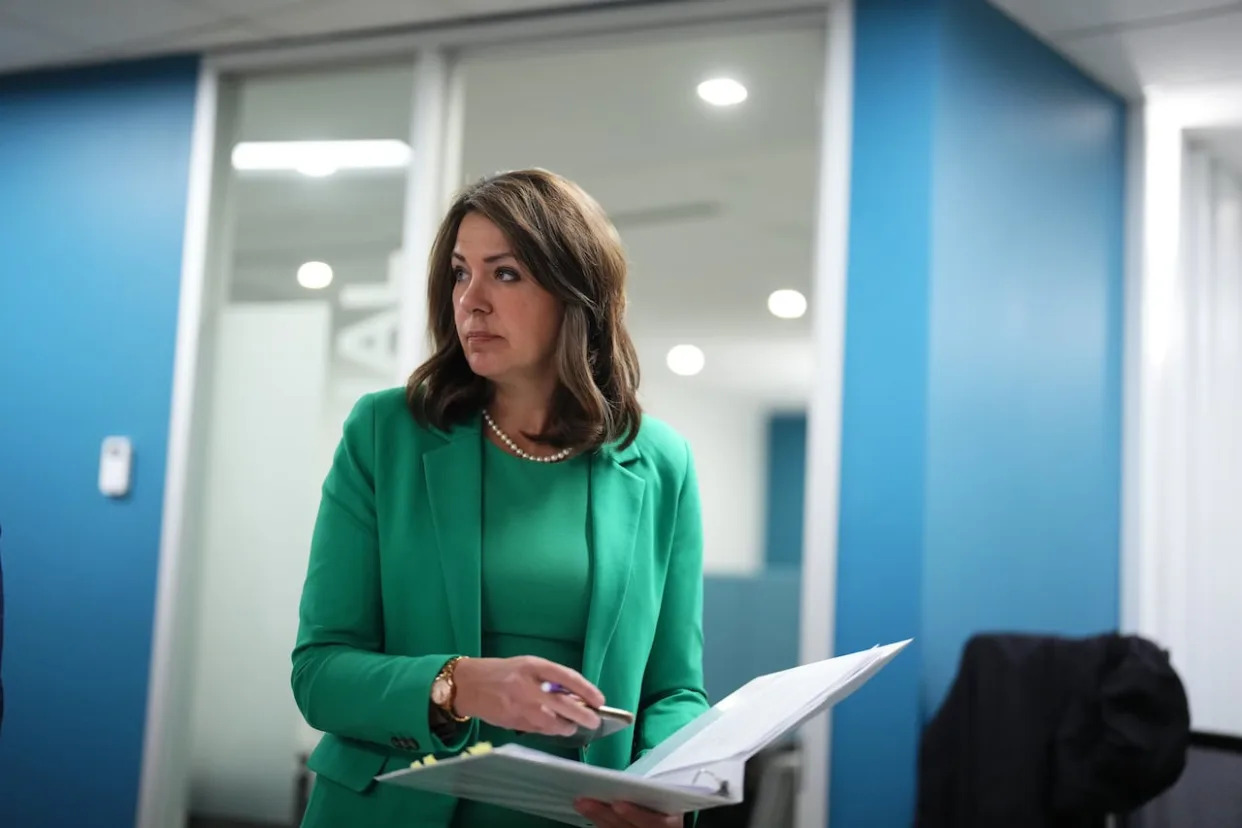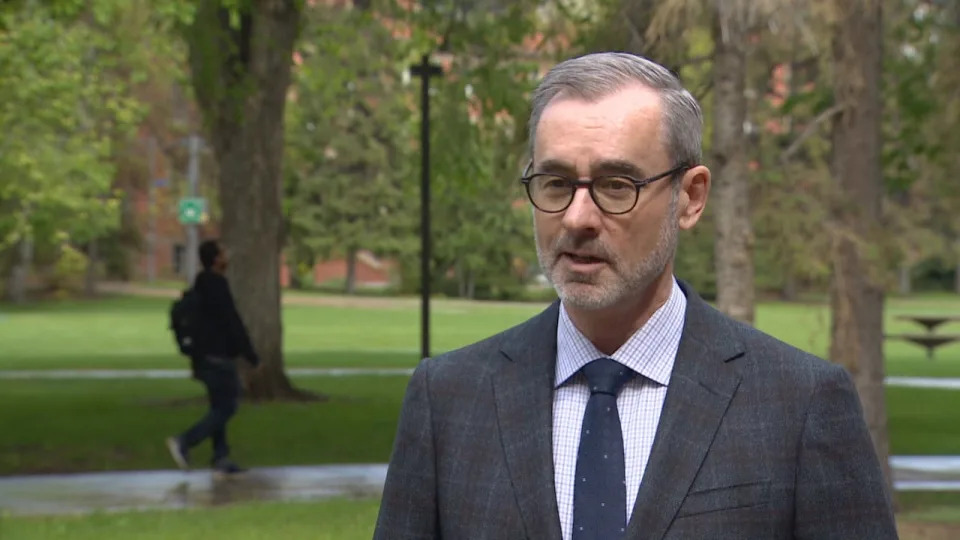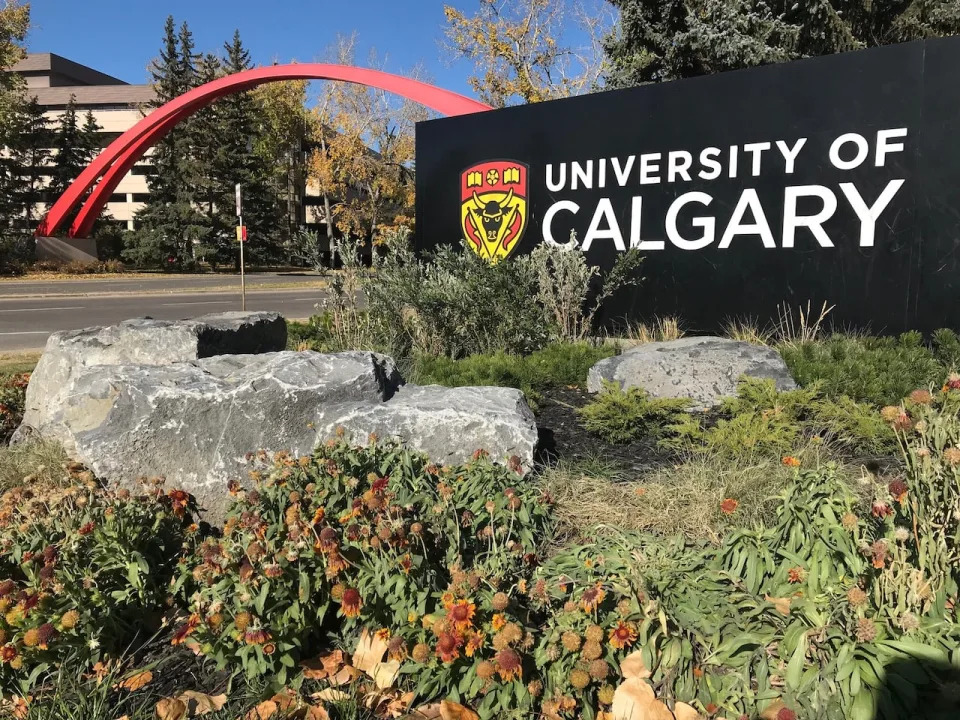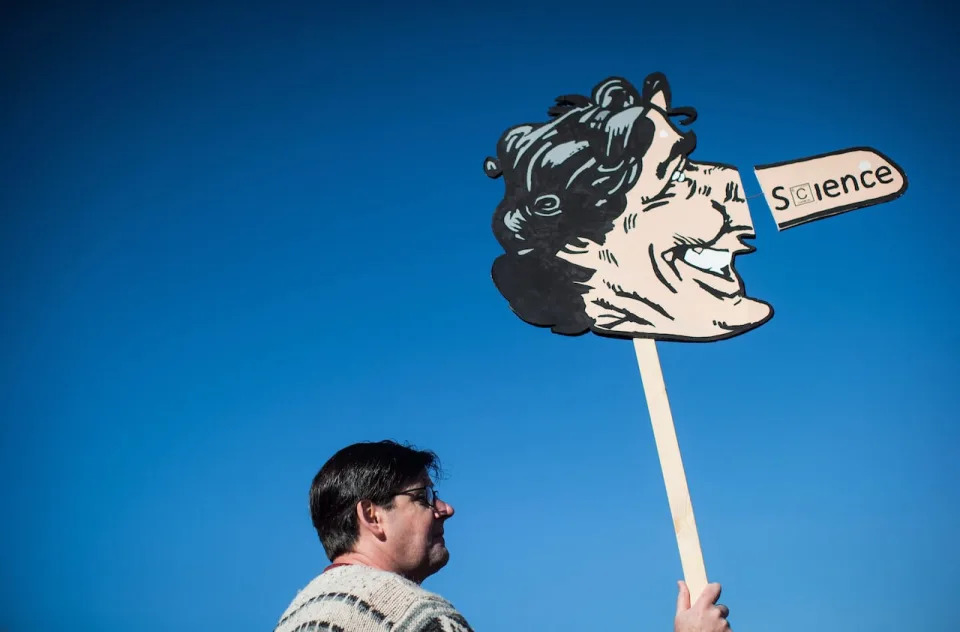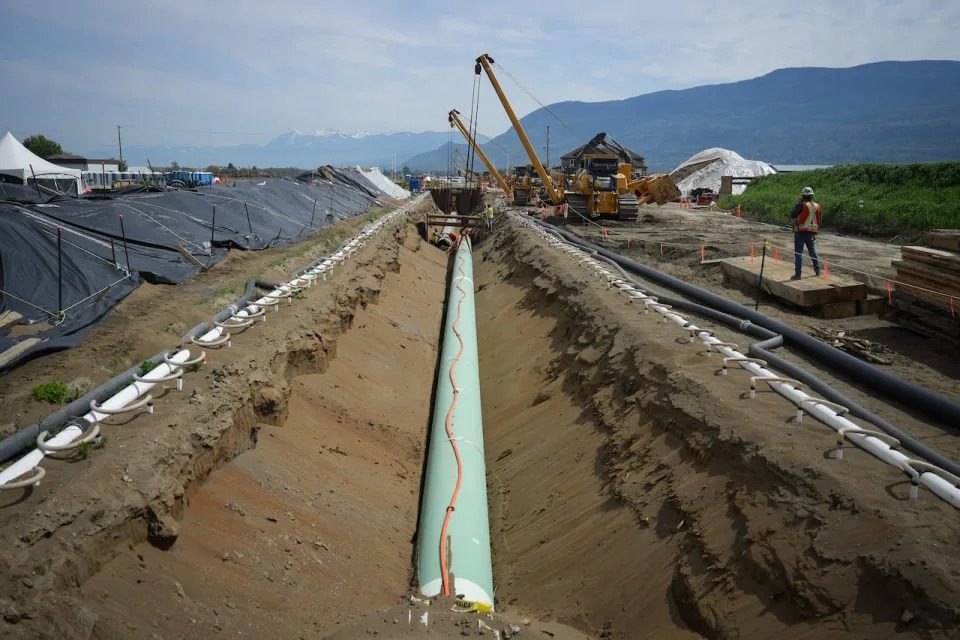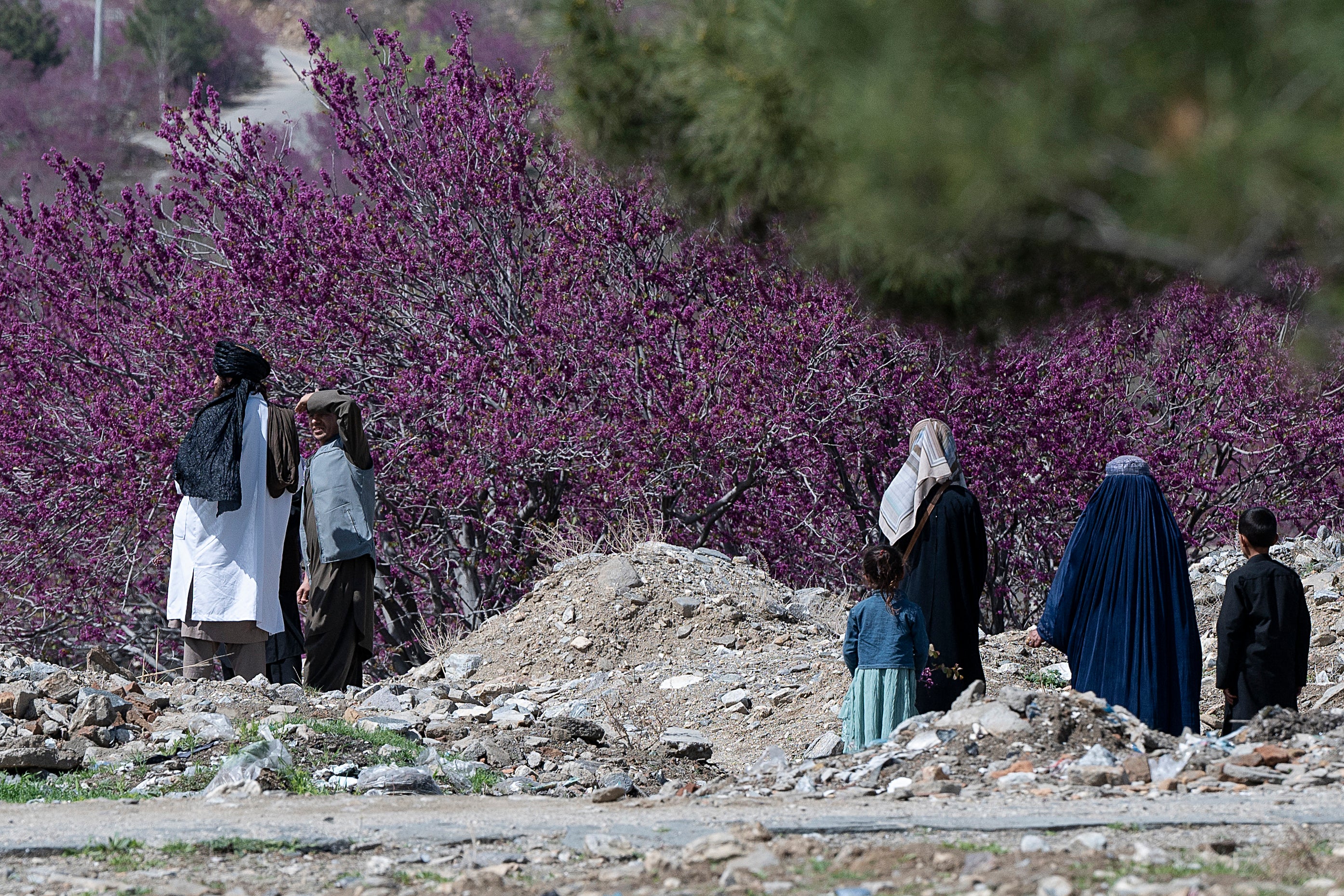CBC
Fri, April 19, 2024

The International Development and Relief Foundation, a Toronto-based registered non-profit, says its primary water aid truck was bombed in northern Gaza in the early hours of Wednesday morning, and is calling on the Canadian government to investigate. (Submitted by IDRF - image credit)
A Canadian humanitarian organization says its primary water aid truck was bombed in Gaza and is calling on the federal government to mount a full investigation into what it believes was a "targeted" incident.
The International Development and Relief Foundation (IDRF), a registered non-profit based in Toronto, told CBC News the truck was bombed in the early hours of Wednesday morning and that no one was hurt in the incident.
Zeina Osman, the IDRF's director of impact, said the bombing is the first involving a Canadian aid truck during the current war in the Gaza, but wouldn't say outright if the organization believes the Israeli military was behind the bombing.
The truck was parked outside the Tuffah district in the northern part of Gaza at the time, but was clearly marked with the organization's name, as well as a maple leaf, she said.
"It's hard not to see this as further targeting of the international aid community," Osman told CBC News.
The bombing comes just over two weeks since Israel admitted that one of its airstrikes had mistakenly struck a World Central Kitchen (WCK) convoy, killing seven aid workers, including a dual Canada-U.S. citizen.
IDRF chief operating officer Nabil Ali said the agency has notified Global Affairs Canada about the bombing, but has not received a response.
"We're looking for the Canadian government's support," he said. "I think, like at a minimum, the government has to kind of look into this ... to understand exactly how this could happen to a Canadian aid agency providing services on the ground."
CBC News has contacted Global Affairs for comment.

Ali said the truck was paid for entirely from Canadian donor dollars and that thousands will be without water as a result of the bombing.
IDRF chief operating officer Nabil Ali said the truck was paid for entirely from Canadian donor dollars and that thousands will be without water as a result of the bombing. (Submitted by IDRF)
Ali said the truck had been out the day before delivering water, and when IDRF workers returned to it in the morning, they found it had been destroyed.
"It was a shock to the whole team, and we're very, very thankful that no one on our team was hurt by it. But it really has shaken us up and we're really worried about what the future holds for us right now.
"We would question why a water tank that provides clean drinking water was bombed. It makes absolutely no sense," he said. "The basics of humanitarian principles are not being upheld and that's a real issue."
'Humanitarian principles are not being upheld'
Late last month, the top United Nations court ordered Israel to take measures including opening more land crossings to allow supplies including food, water and fuel into the war-ravaged enclave, where 2.3 million civilians face crippling shortages of necessities.
The International Court of Justice issued two new so-called provisional measures in a case brought by South Africa accusing Israel of acts of genocide in the latter's military campaign in Gaza, launched after the Hamas-led Oct. 7 attacks.
Israel stringently denies it is committing genocide and says its military campaign is self-defence. It urged the court not to issue new orders.
Ali said the truck was paid for entirely from Canadian donor dollars, and that thousands will be without water as a result of the bombing.
"That truck was a staple in providing people with clean drinking water on a daily basis," he said.

IDRF chief operating officer Nabil Ali said the agency has notified Global Affairs Canada about the bombing, but has not received a response.
IDRF chief operating officer Nabil Ali said the agency has notified Global Affairs Canada about the bombing, but has not received a response. (CBC)
In a post on X, formerly known as Twitter, NDP MP Heather McPherson called on Canada's foreign affairs minister to respond to the bombing.
"A Canadian charity's water truck was bombed in Gaza. Attacks on humanitarians continue. @MelanieJoly, what actions are you taking to end this horror?"
Ontario MP Salma Zahid also commented, calling the incident "disappointing and devastating news."
"Water is life, and access to clean drinking water is a life-saving issue for millions in Gaza. Humanitarian groups like @IDRFcanada are doing vital work and all parties to conflict have an obligation to ensure their protection."
CBC News has asked Global Affairs Canada for clarity on whether it is still pursuing investigations into the airstrike on the WCK convoy. The department has not responded, nor has it said whether it wishes to involve its own investigators in any probe, or have direct access to the Israel Defence Forces soldiers involved.
Meanwhile, IDRF said on X that over the last six months, the truck delivered clean drinking water to tens of thousands, "serving as a lifeline" in northern and central Gaza.`
It also said it will continue to operate, albeit with smaller tanks, making it more difficult. It also reiterated its calls for an "immediate and lasting ceasefire" in Gaza.
"This incident shows the dangers that humanitarian workers face every day. It's not the first time aid workers have been targeted in this crisis, and sadly, it may not be the last," it said.
"We refuse to accept a reality where delivering life-saving aid comes at such a devastating cost."
